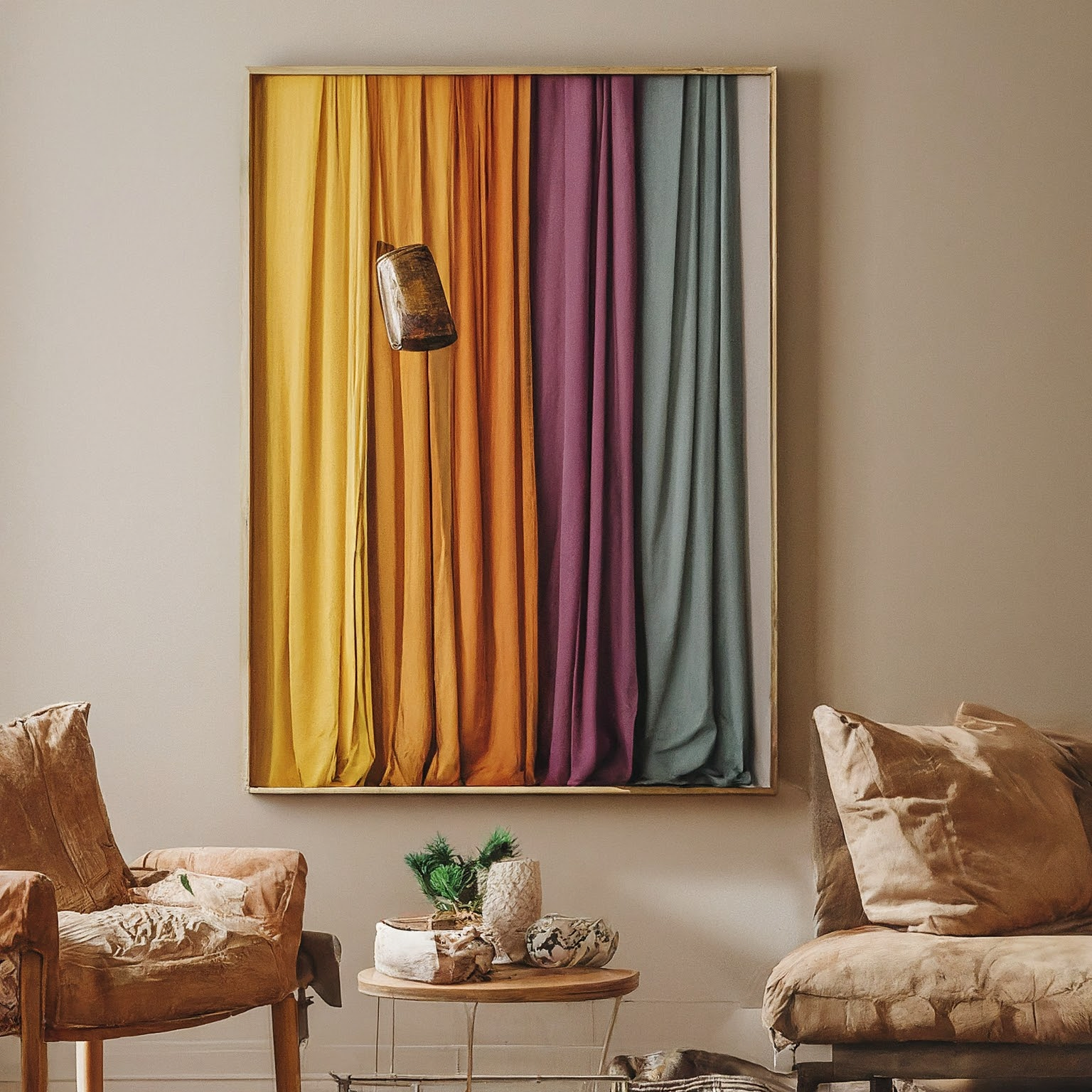Choosing the right color palette for your home is a fundamental aspect of interior design. It sets the tone, mood, and style, influencing how a space is perceived and experienced. As an architect and decorator leveraging the latest trends, I will explore the nuances between neutral and vibrant colors, helping you make an informed decision for your home’s palette.

1. Understanding the Basics
Before diving into specific palettes, it’s crucial to understand the characteristics of neutral and vibrant colors:
- Neutral Colors: These include shades like white, beige, gray, and taupe. They are timeless, understated, and help create a calming atmosphere.
- Vibrant Colors: Encompassing bold hues such as reds, blues, greens, and yellows, these colors add energy and personality to a space.
2. Evaluating Your Space and Style
Consider the unique elements of each room:
| – Functionality: Neutral tones are excellent for spaces where you want to relax and unwind, such as bedrooms or living rooms. Vibrant colors are ideal in areas designed for activity or creativity, like kitchens or home offices. |
|---|
- Lighting: Natural and artificial lighting can dramatically alter how colors appear. Test colors at different times of the day to see their true effect in your space.
3. Trending Neutral Palettes
Neutral colors offer versatility and sophistication, forming the perfect backdrop for various design aesthetics:
- Monochromatic Schemes: Using a single color in varying shades creates depth and sophistication.
- Warm Neutrals: Incorporating tints like tan or mocha adds warmth and homeliness, adapts well to both classic and contemporary styles.

4. Embracing Vibrancy with Confidence
Bringing vibrant hues into your home requires a strategic approach to maintain balance:
| – Accent Colors: Use vibrant colors as accents through pillows, artworks, or furniture, allowing easy updates if trends change. |
|---|
- Complementary Schemes: Pair opposite colors on the color wheel for dynamic and striking interiors, creating energy and visual interest.
5. Blending Neutral and Vibrant for Balance
Combining the two can yield a harmonious balance:
| – Feature Walls: Implement a vibrant color as a feature wall against a neutral backdrop to draw attention without overwhelming. |
|---|
- Layering Textures: Even within a vibrant palette, integrating varied textures and finishes can add interest and prevent monotony.

6. Long-Term Considerations
When choosing a palette, think about the longevity and adaptability of your choice:
- Flexibility: Neutral bases allow for seasonal or trend-driven changes without complete overhauls.
- Resale Value: Consider appealing to broad tastes if future resale is a consideration; neutral tones generally have a wider appeal.
Conclusion:
Deciding whether to utilize neutral or vibrant colors in your home involves thoughtful consideration of personal style, functional needs, and the unique characteristics of the space. By understanding the impact of each color type and employing strategic use of color, you can create a pleasing, cohesive environment that perfectly reflects your taste and lifestyle. Whether you’re leaning towards timeless neutrals or bold, expressive hues, remember that the right palette enhances not just your space, but your entire living experience.
